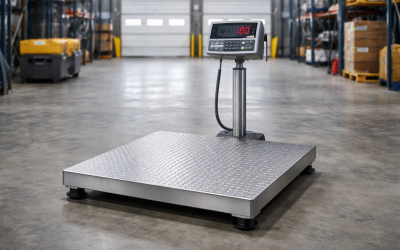The CMS format is much different than other traditional works cited page formats, including MLA and APA. Therefore, it is best to read up on the subject before you start the bibliography or get too involved with the term paper. Learning about the style can be helpful, but there are also other help methods out there. The problem most people find is that the Works Cited page can be difficult to do, but the whole paper should follow the same guidelines and format.
General Guidelines
All of your margins must be set to at least one inch and no more than one and a half inches. While they don’t require you to use a particular typeface, they do want it to be readable and prefer you use Palatino or Times New Roman. The font size is usually set to 12 pt. font, but 11 or 10 pt. fonts can be used if you prefer.
All of the text will be double-spaced, except in certain situations. For example, quotes of whole paragraphs, titles of tables and figure captions will be single-spaced. If your paragraph or quote is more than five lines, it is considered a block quotation and will not use quotation marks, be indented half an inch and have an empty space after the quote.
Title Pages
The title page should include the title of the paper, your information, such as class information and name) and subtitles when necessary. Many websites provide you with examples to get you going, or you can use the prebuilt documents part of Microsoft Word to help you create one.
Main Text
When writing, you’ll want to make sure you note each quote and each piece of information you use that isn’t your own. This will make it easier when creating the bibliography at the end. If you are required to use in-text citing, you will include less information directly after the quote or information you used.
References
Whether you call it a bibliography or works cited page, the Chicago style is the same. You should have Works Cited or Bibliography at the top and follow all the directions for the Chicago format.
Because it can be tricky to make sure everything is just right, using a generator for bibliography entries can be helpful. With a generator, you can input the information, such as style type, source type and title/author name and immediately find the right way to include all the information.


